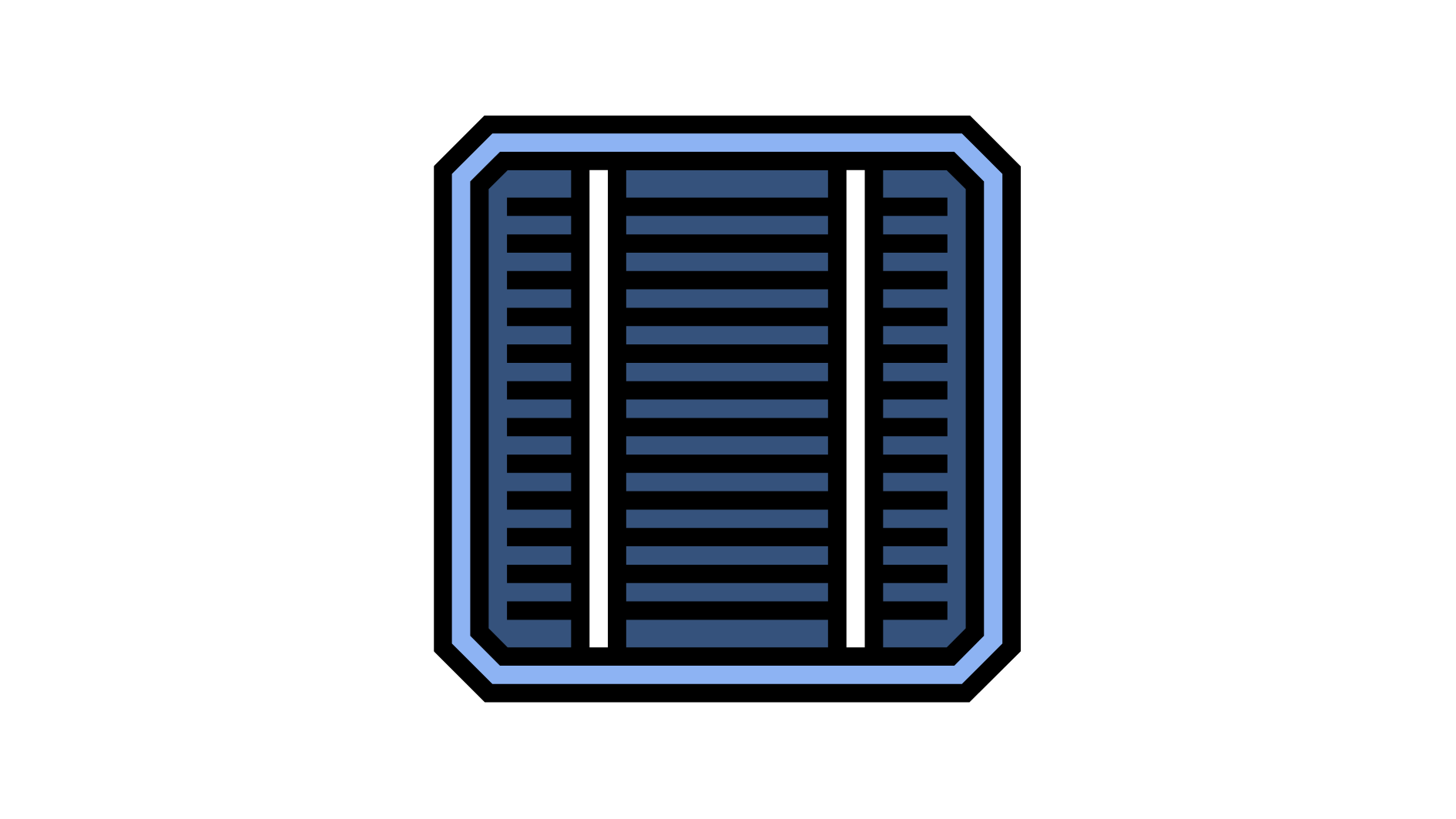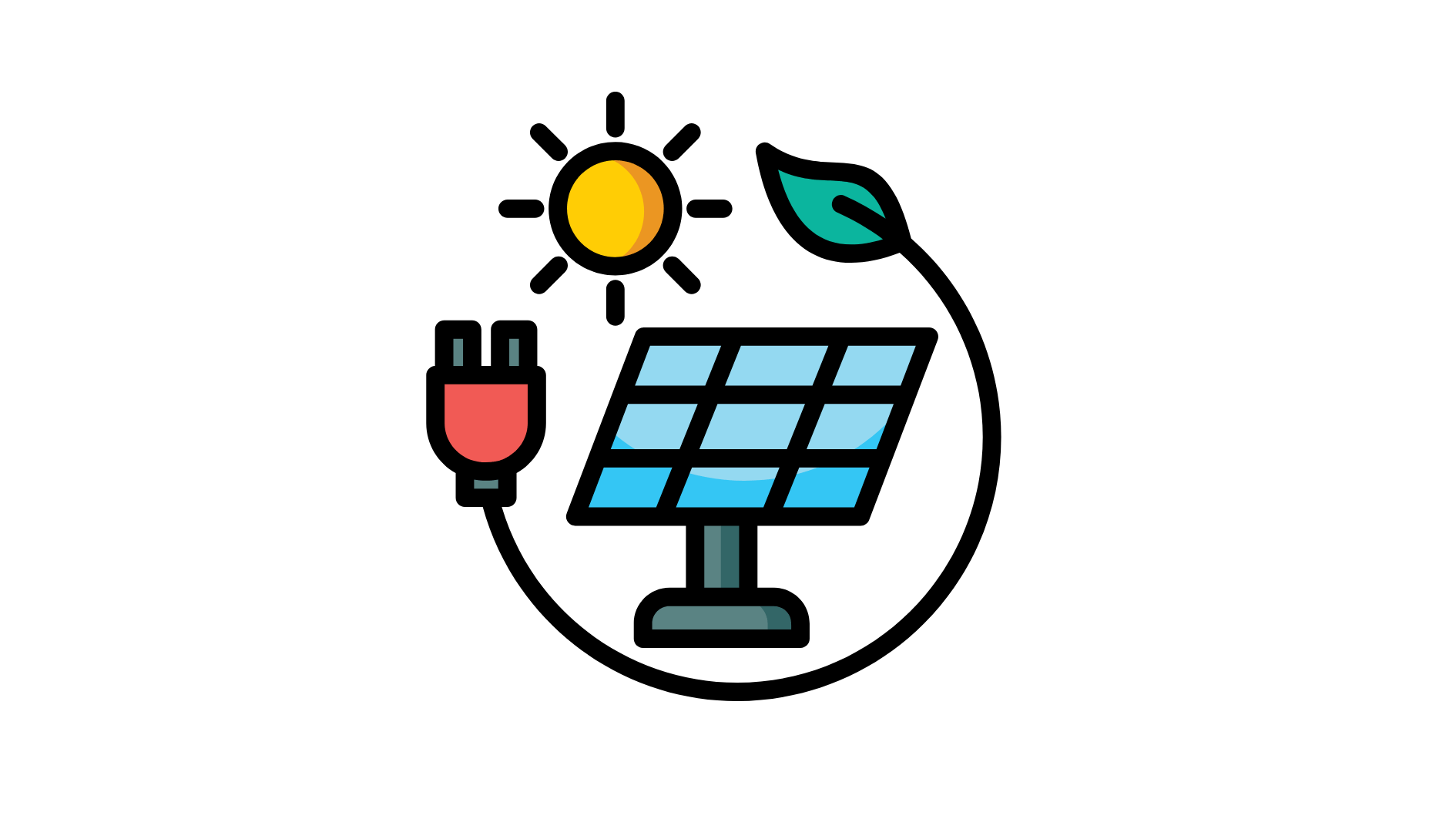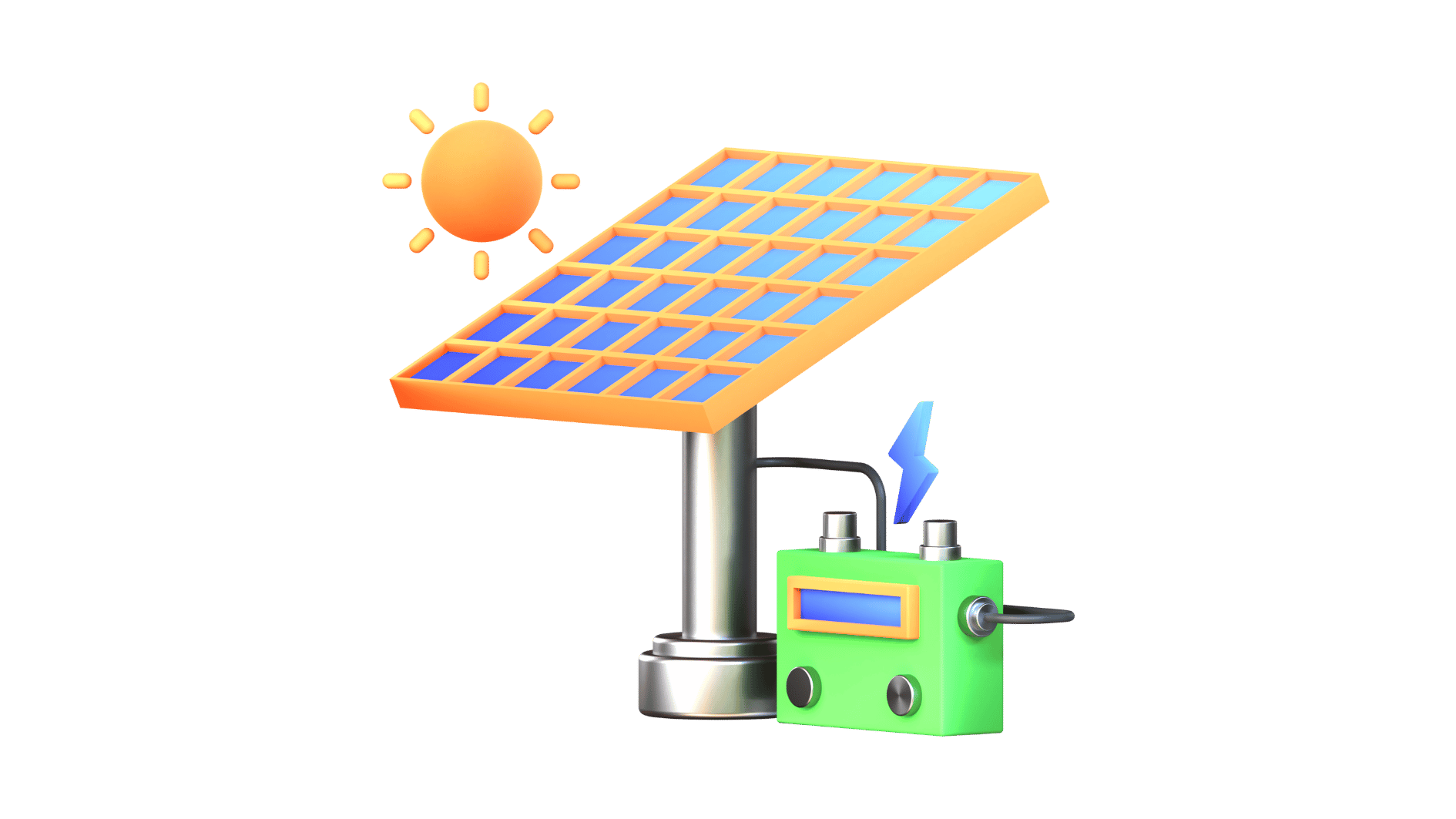Back to: The Function and Technology of Photovoltaic Cells
What Are Photovoltaic Cells?

Photovoltaic (PV) cells, commonly known as solar cells, are devices that convert sunlight directly into electricity. They are the fundamental building blocks of solar panels used in renewable energy systems.
How Do PV Cells Work?
PV cells operate based on the photovoltaic effect, where light energy (photons) excites electrons in a semiconductor material, generating an electric current. The process follows these steps:
Photon Absorption:
Sunlight strikes the semiconductor material (usually silicon), energizing electrons.
Electron Excitation:
Excited electrons move through the material, creating an electric field.
Current Generation:
Electrons flow in a directed manner, generating electricity that can be harnessed.
Key Components of a PV Cell

Semiconductor Layer
Usually made of silicon, this layer absorbs sunlight and generates electron movement.

P-N Junction
A boundary between two types of semiconductor material that facilitates electron flow.

Conductive Contacts
Metal strips or layers that collect and transport electricity.
Types of PV Cells

Monocrystalline Silicon
High efficiency, long lifespan, but costly.

Polycrystalline Silicon
Lower efficiency but more affordable.

Thin-Film Solar Cells
Lightweight and flexible, though less efficient.




